Sign up for workout ideas, training advice, reviews of the latest gear and more.

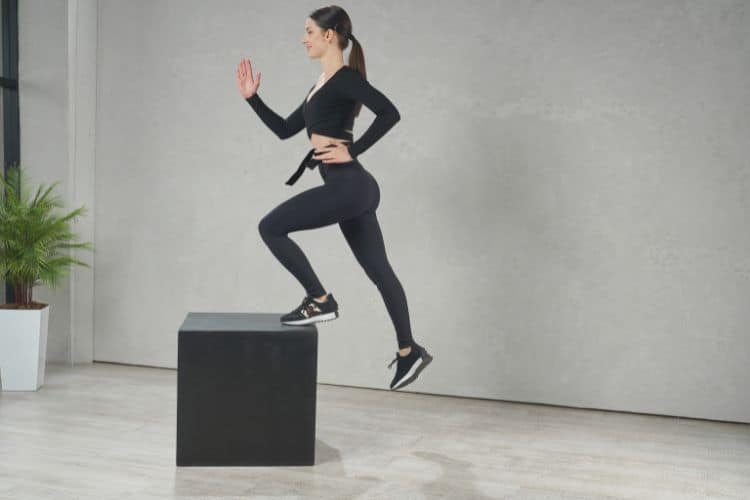
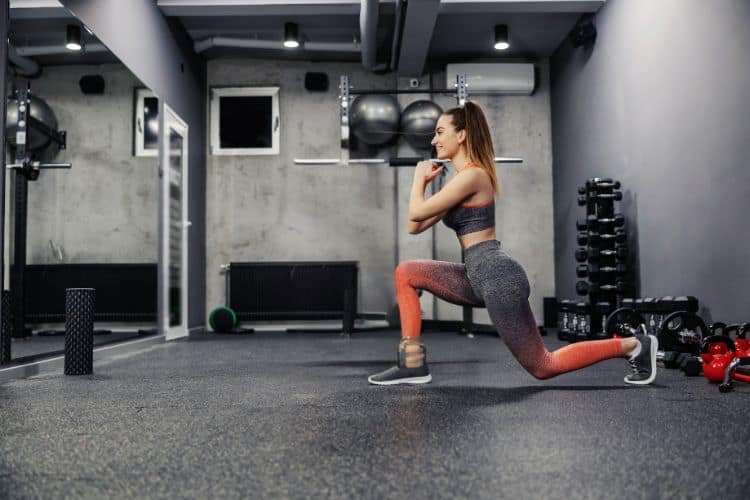
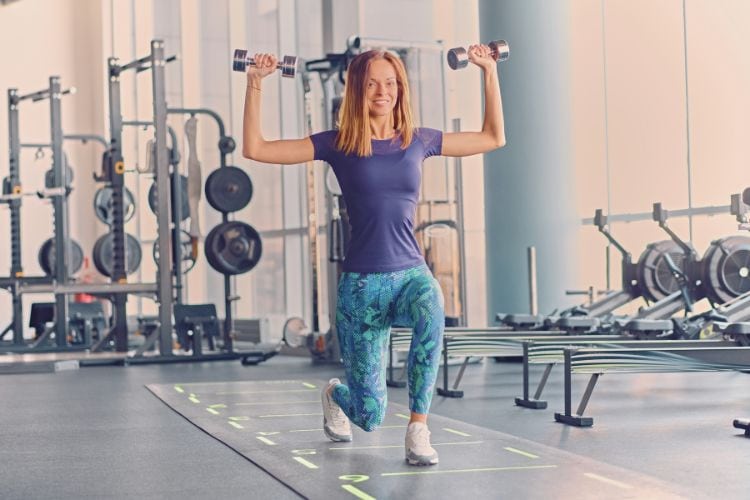
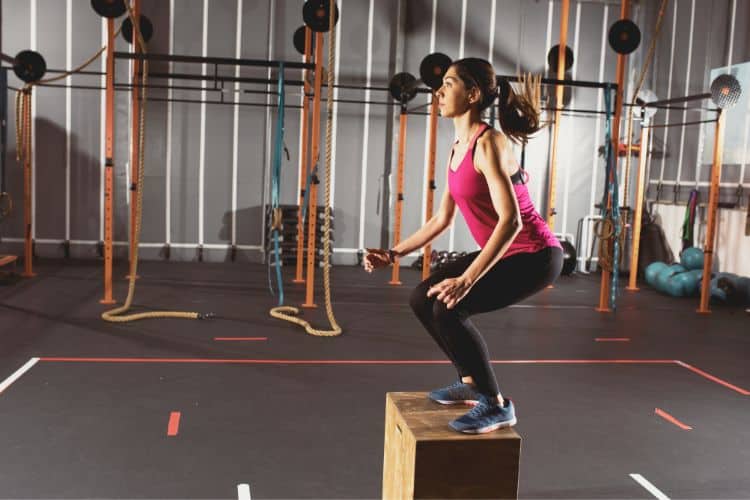
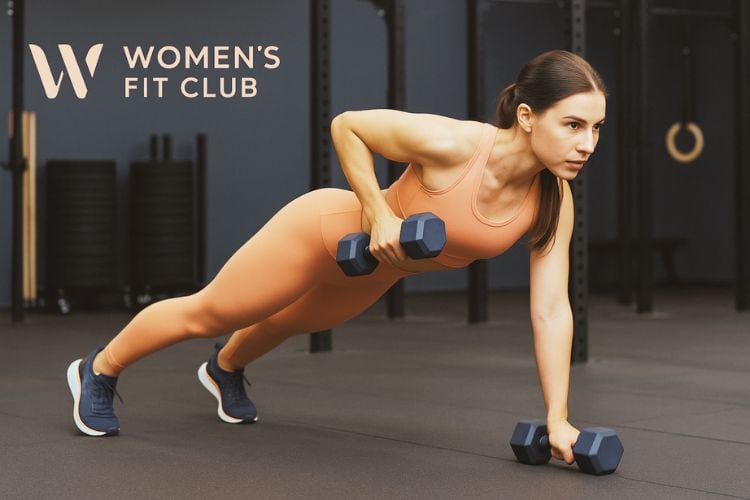
High-Intensity Interval Training (HIIT) has become one of the most effective and time-efficient ways to burn fat, build strength, and boost endurance. Unlike steady-state cardio, HIIT alternates between intense bursts of exercise and short recovery periods, keeping your heart rate elevated and your metabolism revved up long after your workout ends. Whether you’re at the gym, working out at home, or outdoors, there’s a HIIT routine that fits your fitness level and goals. In this guide, we’ll explore what makes HIIT effective, different styles of HIIT workouts, and sample routines you can try today.
HIIT workouts are structured around alternating high-intensity intervals (80–95% of your max effort) with low-intensity recovery periods or complete rest. These short but powerful bursts trigger the afterburn effect, or EPOC (Excess Post-Exercise Oxygen Consumption), which keeps your body burning calories long after your session ends.
If you’re curious about how to integrate HIIT into a broader fitness regimen, check out our article on building a full-body fitness foundation at Women’s Fit Club.
A standard HIIT session follows a simple structure:
The ideal work-to-rest ratio varies based on fitness level:
If you’d like a downloadable template you can use, visit our Best Quick HIIT Workout with Dumbbell
Here are some of the best HIIT routines designed to target your full body, upper body, lower body, and core — with or without equipment.
Perfect for home or travel, this bodyweight circuit hits every major muscle group and elevates your heart rate for fat-burning intensity.
Circuit (Repeat 3–4 rounds):
Why It Works:
This routine keeps transitions quick, ensuring maximum calorie burn. It’s a simple yet powerful way to strengthen your entire body while improving coordination and endurance.
For beginners, the key is to build stamina safely. This shorter circuit is low-impact yet effective.
Structure: 30 seconds work / 30 seconds rest (4 rounds)
Exercises:
Tip: Focus on form over speed. As your conditioning improves, shorten your rest intervals or add rounds. If you’re new to structured workouts, check our Beginner HIIT Workout Plan To Get Fit.
Adding dumbbells increases resistance, turning your HIIT session into a hybrid strength-cardio workout.
Circuit (Repeat 4 rounds):
Why It Works:
Combining compound lifts like thrusters and deadlifts with bodyweight moves enhances both strength and cardiovascular output. Want to learn proper dumbbell form? We’ve created a helpful 10-Minute Dumbbell Workout Plan: A Full-Body Routine
Kettlebells are incredible for functional training. Their dynamic movements challenge your grip, core, and stability.
Perform 4 rounds of:
Optional Finisher:
20 kettlebell alternating lunges + 10 swings.
This leg-focused circuit builds strength and power while torching calories.
Perform 40 sec on / 20 sec off:
Rest 1 minute and repeat 3 times.
Why It Works:
Your glutes, quads, and hamstrings are large muscle groups that burn more calories when trained intensely.
Upper-body HIIT improves pushing, pulling, and pressing strength while boosting your heart rate.
Circuit (Repeat 4 rounds):
Tip: Maintain core engagement to protect your shoulders and back.
Your core plays a major role in balance, posture, and athletic performance. This HIIT routine targets your abs from all angles.
Perform 3–4 rounds:
Bonus Tip: Add a light dumbbell for resistance during Russian Twists.
Tabata is a specific type of HIIT with 20 seconds work / 10 seconds rest, repeated 8 times per exercise.
Example Tabata:
Each move lasts 4 minutes (8 rounds), totaling ~16 minutes for the full workout if you do all four exercises.
Why It Works:
Tabata is short yet brutally effective — a perfect option when you’re short on time.
If you enjoy running, this treadmill HIIT routine will supercharge your cardio.
Structure (25 minutes):
Tip: Adjust speed and incline to match your fitness level. Outdoors, use landmarks or timed intervals instead.
A ladder workout increases intensity progressively by adding reps each round.
Example Ladder (Bodyweight Only):
Goal: Complete as many rounds as possible in 20 minutes (AMRAP style).
Battle ropes are a full-body conditioning tool that improves power and endurance.
Circuit (40 sec on / 20 sec off):
Why It Works:
This routine builds upper-body strength while engaging your core and legs for balance and coordination.
Plyometrics are explosive movements that enhance power, agility, and athletic performance.
Perform 4 rounds of:
Tip: Land softly to protect your knees and focus on controlled, explosive motion.
One of HIIT’s greatest strengths is versatility. You can modify any workout to suit your needs.
For personalized adaptations and modifications, check out our HIIT modification guide at Women’s Fit Club.
HIIT is intense — more isn’t always better. Overtraining can lead to fatigue or injury.
For best results:
Balance HIIT with strength training, mobility work, and steady-state cardio for a complete fitness plan. We’ve covered this in our balanced Best Weekly Workout Plan For Women of All Fitness Levels.
A proper warm-up prepares your muscles, joints, and nervous system for explosive movements.
Examples:
Finish with stretches that relax tight muscles and enhance recovery.
Examples:
Spending just 5–10 minutes on recovery can significantly improve your performance in future HIIT sessions.
Your body needs proper fuel and rest to maximize the benefits of HIIT.
| Training Style | Duration | Intensity | Equipment | Primary Benefit |
|---|---|---|---|---|
| HIIT | 20–30 min | High | Optional | Fat loss, endurance |
| Steady-State Cardio | 40–60 min | Moderate | Optional | Aerobic endurance |
| Circuit Training | 30–45 min | Moderate-High | Optional | Strength & cardio combo |
| Tabata | 10–20 min | Very High | None | Max calorie burn in short time |
Here’s a sample week you can use as a template:
| Day | Workout |
|---|---|
| Monday | 30-Minute Full-Body Bodyweight HIIT |
| Tuesday | Rest or Active Recovery |
| Wednesday | 25-Minute Lower-Body HIIT |
| Thursday | Core-Focused HIIT |
| Friday | 30-Minute Dumbbell HIIT |
| Saturday | Outdoor Sprint HIIT |
| Sunday | Yoga or Stretching |
HIIT workouts offer incredible versatility — you can customize them for fat loss, strength, endurance, or general fitness. Whether you’re doing a quick 10-minute Tabata, a 30-minute full-body circuit, or a powerful plyometric session, the key is consistency and intensity.
Start at your own pace, track your progress, and gradually increase the challenge as your fitness improves. Over time, you’ll experience better stamina, improved strength, and a stronger, leaner body — all without spending hours at the gym.
Stay up to date on the latest women’s health, fitness and lifestyle trends and tips.